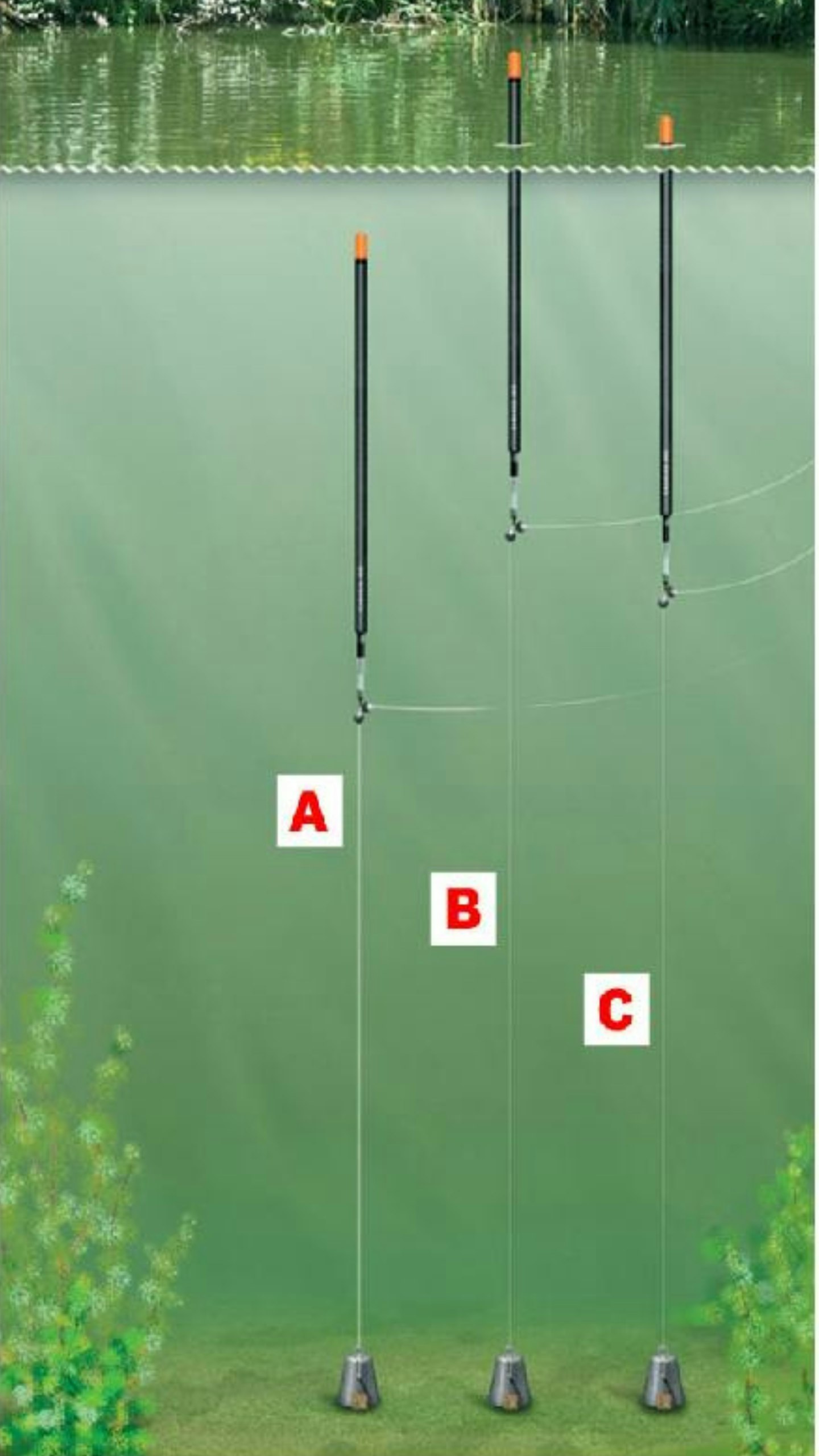There’s a great deal of irony when float fishing. You can have the best floats, the sharpest hooks, and the deadliest bait, but if your depth’s wrong, you’re not getting a bite. Plumbing up is the least glamorous bit of float fishing, but it’s the most important. Get it right, and you’re presenting your bait accurately in the area the fish are feeding and getting the most sensitivity out the bite indicator, your float. Get it wrong, and you might as well be casting into the car park
Close range
Hold the plummet in one hand, the rod in the other, and create a bit of tension into the tip by gently drawing the line tight. Now here’s the bit that takes a bit of practice, swing the rod upwards in a smooth arc, release the plummet, and let your finger slip off the spool in one fluid motion.
Done right, the plummet will land with barely a splash, keeping the swim as undisturbed as possible. Of course, if that all feels a bit too difficult for now, you can always cast it overhead like a float. But trust me, once you’ve got the knack, the under-arm method feels far more refined and stealthier.
At distance
Using a bait band place 2 AAA shot back to back and place in the bait band, this will give you something to hook as a plummet is too heavy to cast on the hook. Slip on the hook and cast the desired distance. The image below gives an idea of how the float should sit to plumb the depth correctly.
It's important to note if using a semi-loaded float that you have a reference of how it sits without any additional weight so you can read the depth on the float.

-
(A) This shows you are too shallow.
-
(B) This shows you are slightly too deep.
-
(C) This shows you are just on the bottom.
HERE'S OUR PICK OF THE BEST FLOAT FISHING RODS.

